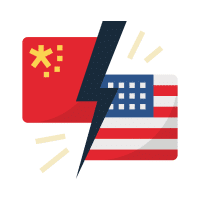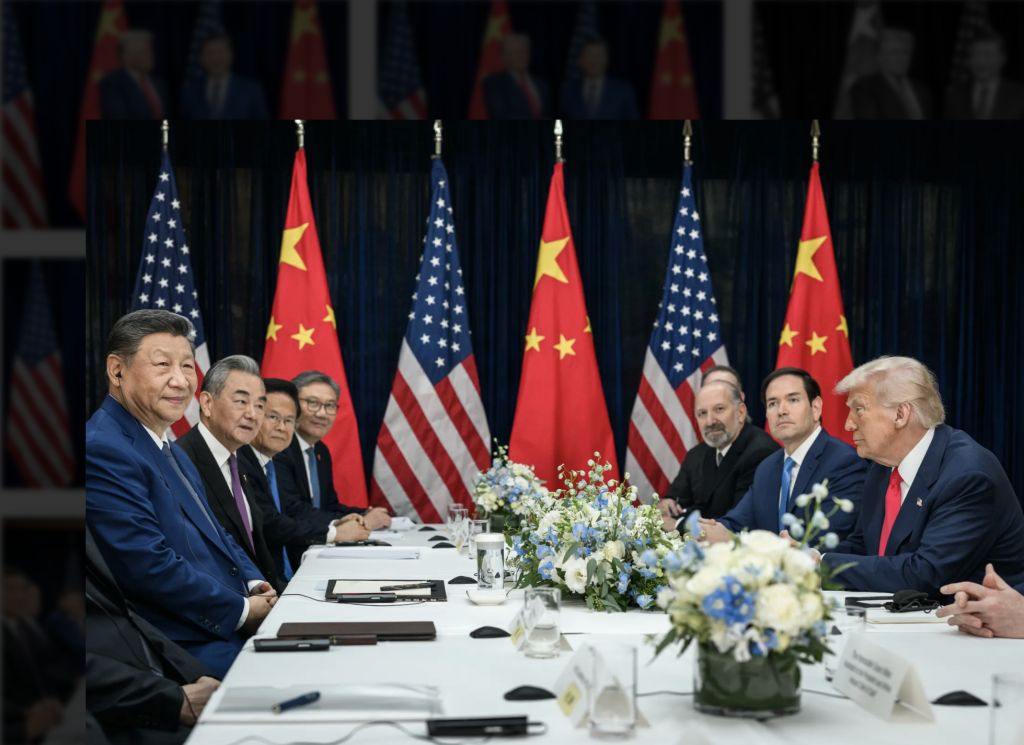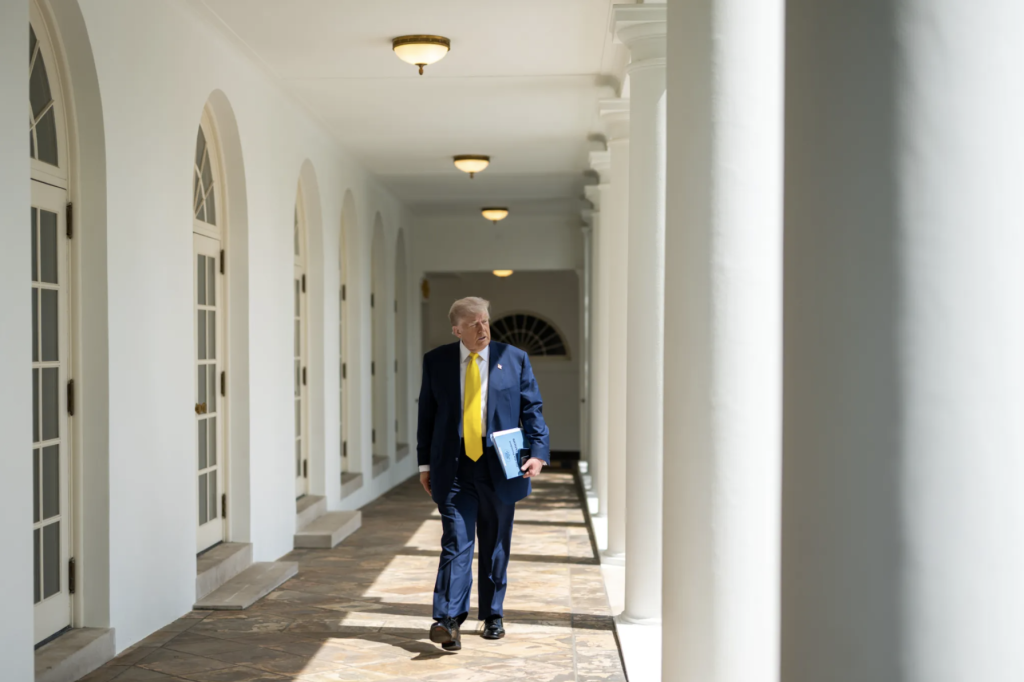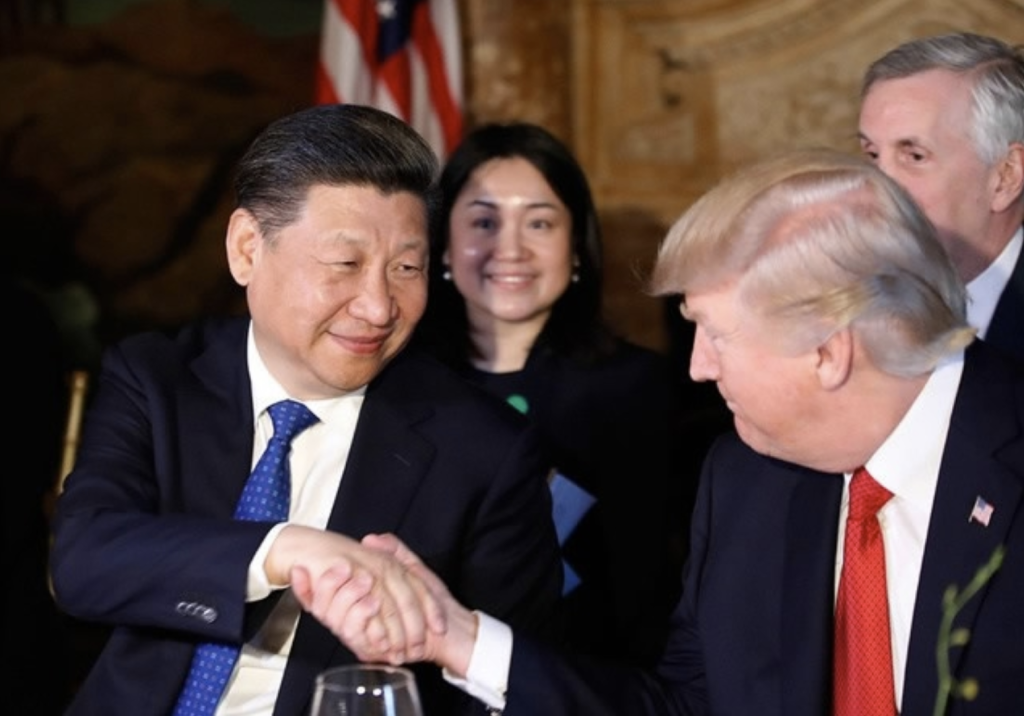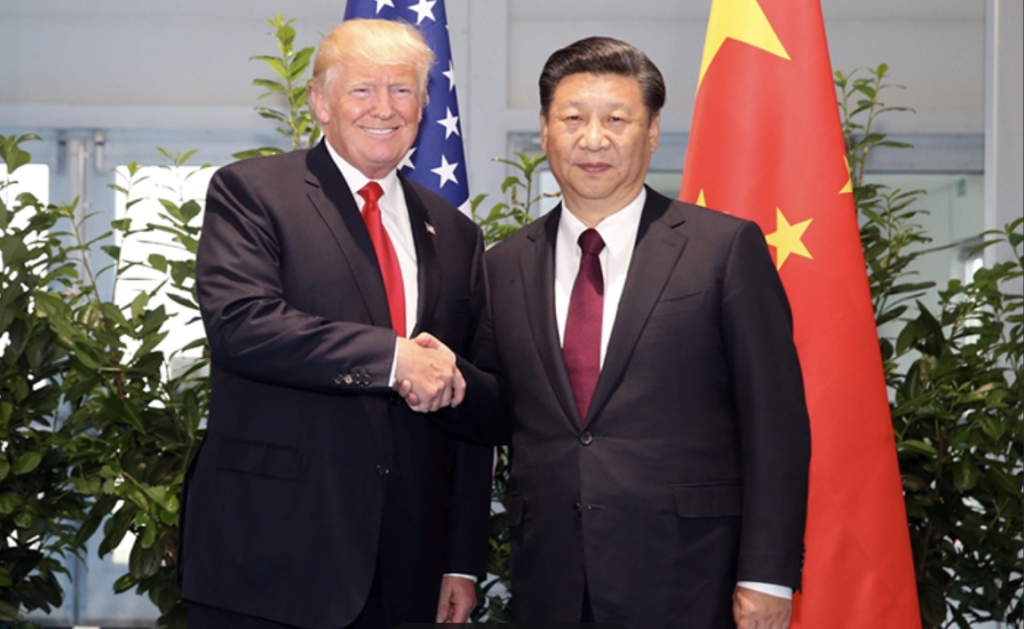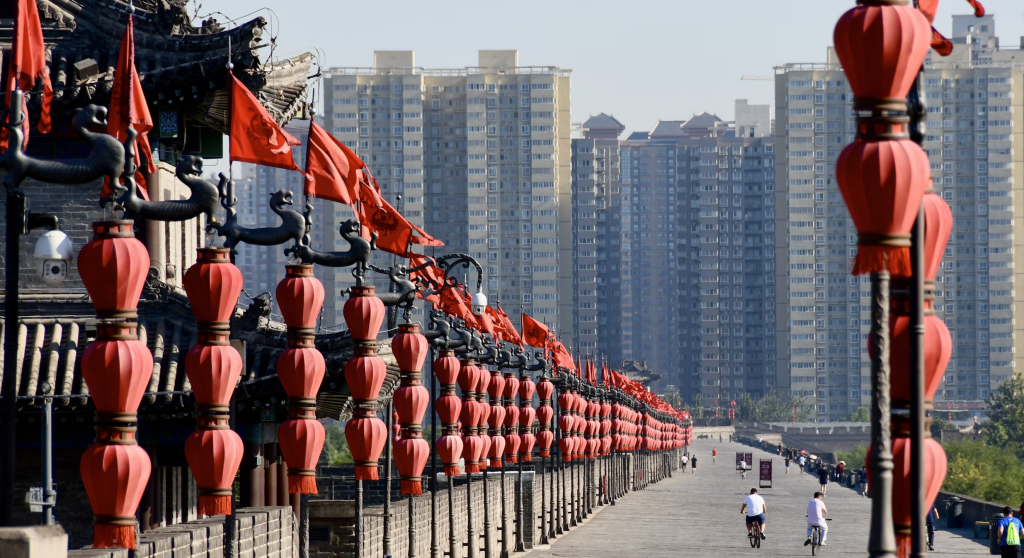Why the U.S. Can’t Break Free from Its Dependence on China’s Rare Earths
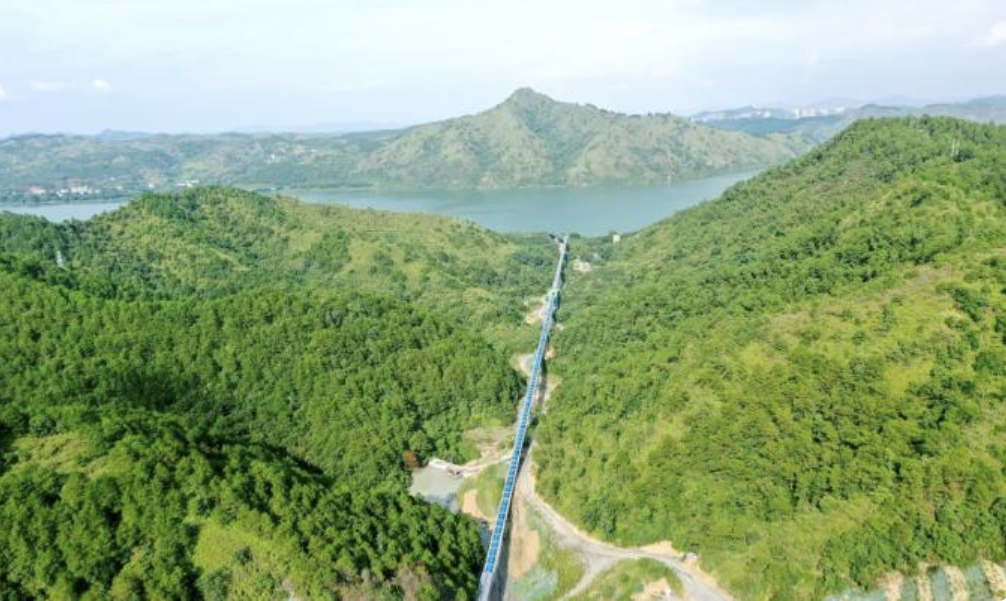
A rare-earth mine in Guilin, China. Source
Since China cut off rare earth exports to Japan during the 2010 Senkaku Islands dispute, the United States and other Western countries have recognized that China’s monopoly over rare earth elements represents a key geopolitical vulnerability. To reduce their dependence on China, these countries vowed to rebuild their own rare earth industries.
Fifteen years later, however, the U.S. and its allies remain unable to free themselves from China’s dominance. While the rare earth supply chain—from mining and refining to magnet production—is indeed complex, involving capital, technology, and environmental hurdles, such challenges could reasonably have been overcome within a decade. Yet after all this time, Washington still finds itself constrained by Beijing’s grip. Why?
At its core, the problem lies in the difference between political systems. China operates under a model where politics take precedence and the state can “mobilize resources to accomplish great undertakings.” The U.S., in contrast, is driven by profit and lacks a strong mechanism for state-led industrial mobilization.
The Chinese government designated rare earths as a strategic resource during 1980s-1990s, encouraging local mining and exports to earn foreign exchange. China gradually became a major exporter of rare earth metals.
During the 2000s, Beijing began consolidating the industry—restricting exports, cracking down on smuggling, enforcing environmental rules, and restructuring the supply chain through administrative measures. This created a fully integrated system spanning from extraction to the production of permanent magnets.
Rare earths were then incorporated into the national security framework and subject to export licensing in the past decade. “Rare earths as a national weapon” became the guiding concept, giving China a near-monopoly, especially in heavy rare earth separation.
China’s dominance is not a triumph of market competition but of political organization. The government sets goals, allocates resources, compresses costs, merges enterprises, and sacrifices short-term profits for long-term control. This is the essence of the Chinese approach—mobilizing the entire system to achieve strategic objectives. In this model, coordination is not merely bureaucratic but mission-driven, rooted in national purpose.
In the U.S., rare earth enterprises are privately owned, and the government can only offer “incentives,” not directives. The four-year election cycle further undermines policy continuity. Market forces prioritize profit; capital avoids low-margin sectors; strict environmental rules deter new investment.
Since recognizing the risk in 2010, Washington has launched several initiatives: a “Rare Earth Independence” plan (2012–2016), public-private partnerships such as MP Materials and Lynas (2017–2020), and more recent supply-chain resilience programs. Yet by 2025, the U.S. still lacks a complete rare earth ecosystem. Each stage of the process—capital investment, legal review, environmental assessment, local approval, and political negotiation—has slowed progress. The U.S. government is not powerless; its power is simply fragmented by institutional design.
What China calls “concentrating national strength to achieve great things” can be expressed in more academic terms as the strategic coherence of the state. This coherence—political drive, administrative coordination, technological advancement, and capital alignment—defines China’s governance advantage. It has enabled the country to achieve systemic breakthroughs in sectors such as rare earths, 5G, electric vehicles, high-speed rail, and nuclear energy.
The U.S. political system, by contrast, is inherently resistant to centralized mobilization. Its strengths lie in innovation, flexibility, and competition, but it struggles with long-term, strategic industrial tasks.
In short, the U.S. rare earth challenge is not primarily technical, financial, or environmental—it is institutional. National mobilization capacity and political resolve cannot emerge naturally from market logic.
(KS Liu is a renowned Chinese commentator.)

